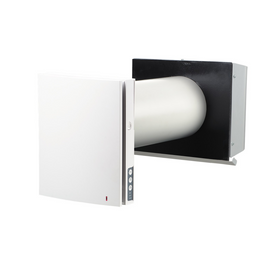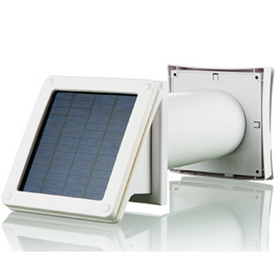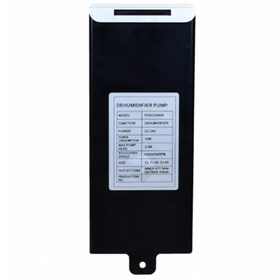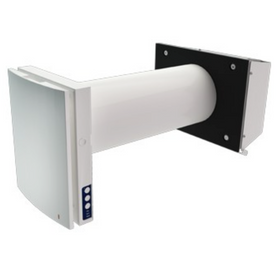- Home
When Is the Expected Update to the Original Indoor airPLUS Specifications?
Version 2 of IAP is out for public comment. The EPA is developing specifications to bring the label into existing homes. The comment period for the proposed Version 2 of the Indoor airPLUS New Construction Specifications began on December 18, 2020, and goes through March 17, 2021.
EPA also is considering releasing a new partnership category called Advocate Partners. These are manufacturers or service providers such as radon service providers, who contribute to helping the builder meet one of IAP's specific requirements in its construction specification.
Is the Indoor airPLUS Certification Accepted Only in the US?
Indoor airPLUS is recognized only in the US and its territories. There is no similar program in Canada, although Canadian builders have reached out to the EPA to implement an IAP program or something similar. As of now, there are no plans for US EPA to make Indoor airPLUS available in Canada.
How Much Does Indoor airPLUS Certification Cost?
It doesn't cost anything for a builder or Rater to partner with EPA to participate in the program. Also, EPA provides advertising materials at no cost to partners.
There are some costs for homes to earn the label. First, the house must undergo verification by an independent Rater who will charge for their services. And, the cost of building an Indoor airPLUS home depends on many factors. These include whether it's built to minimum code and what version of the code has been adopted by the home's jurisdiction; if it's already being built as an ENERGY STAR home; and in what climate and radon zone the home is located. Homes in hot, humid climates will likely cost more to build because of added moisture protection. But, since moisture is detrimental to indoor air quality, homes located in hot, humid climates can be the ones that need Indoor airPLUS the most.
Stacey Freed
I’m constantly on the hunt for a way to hike and write simultaneously.


















